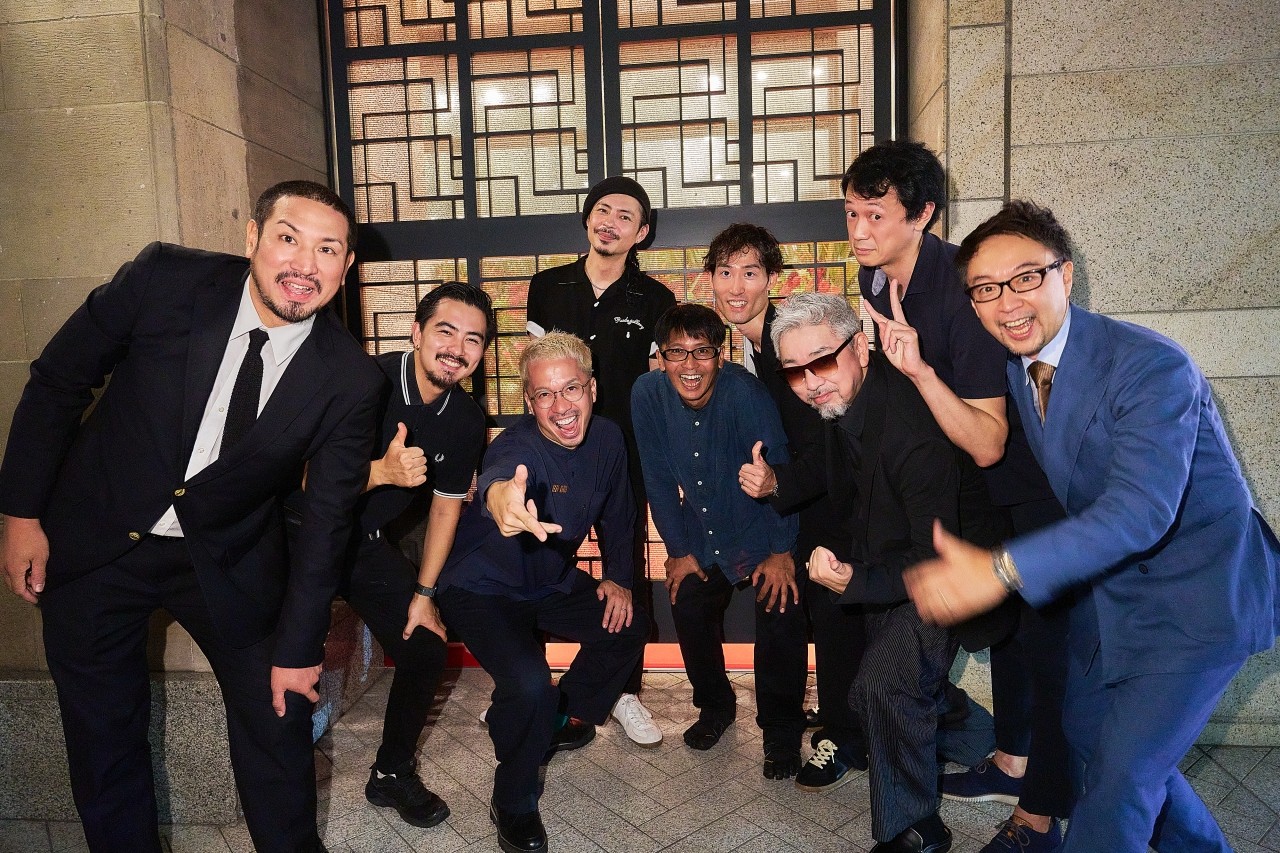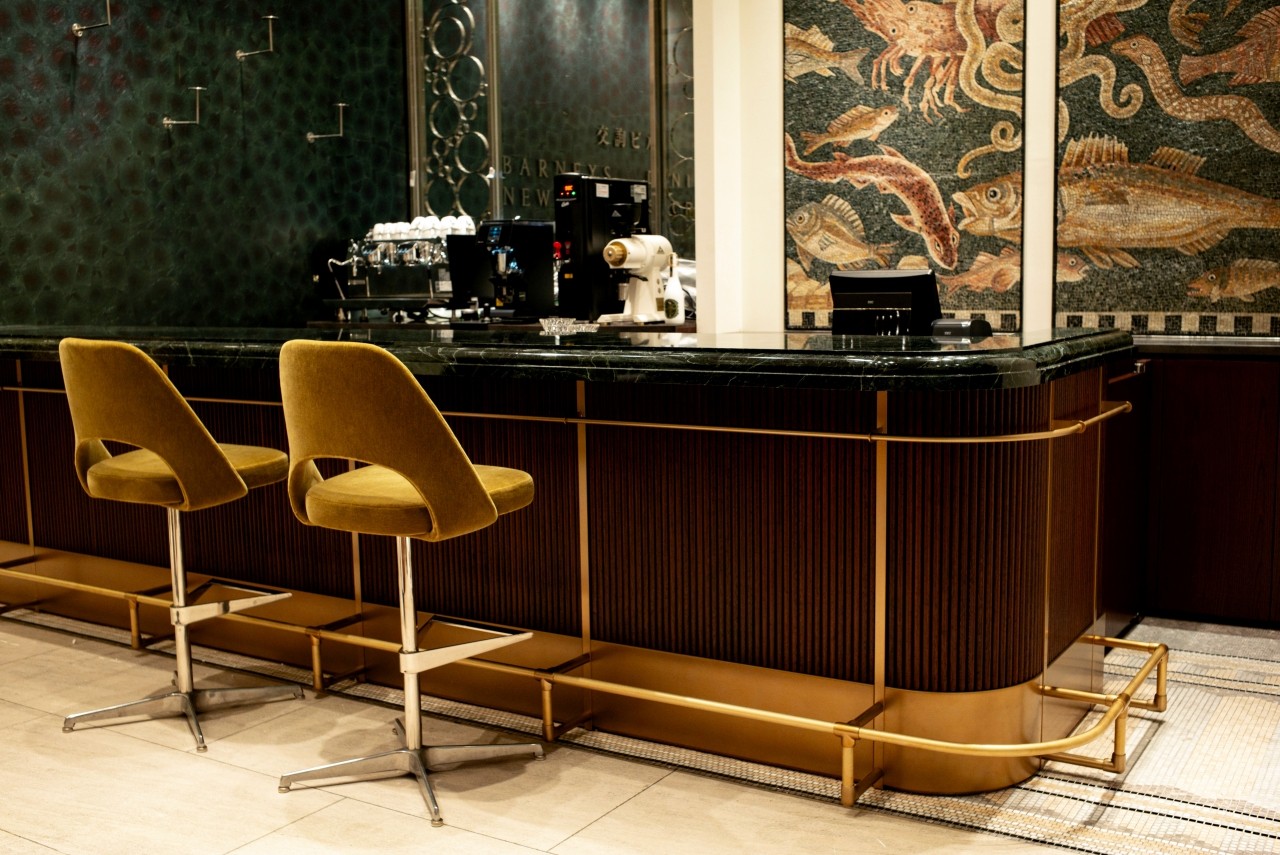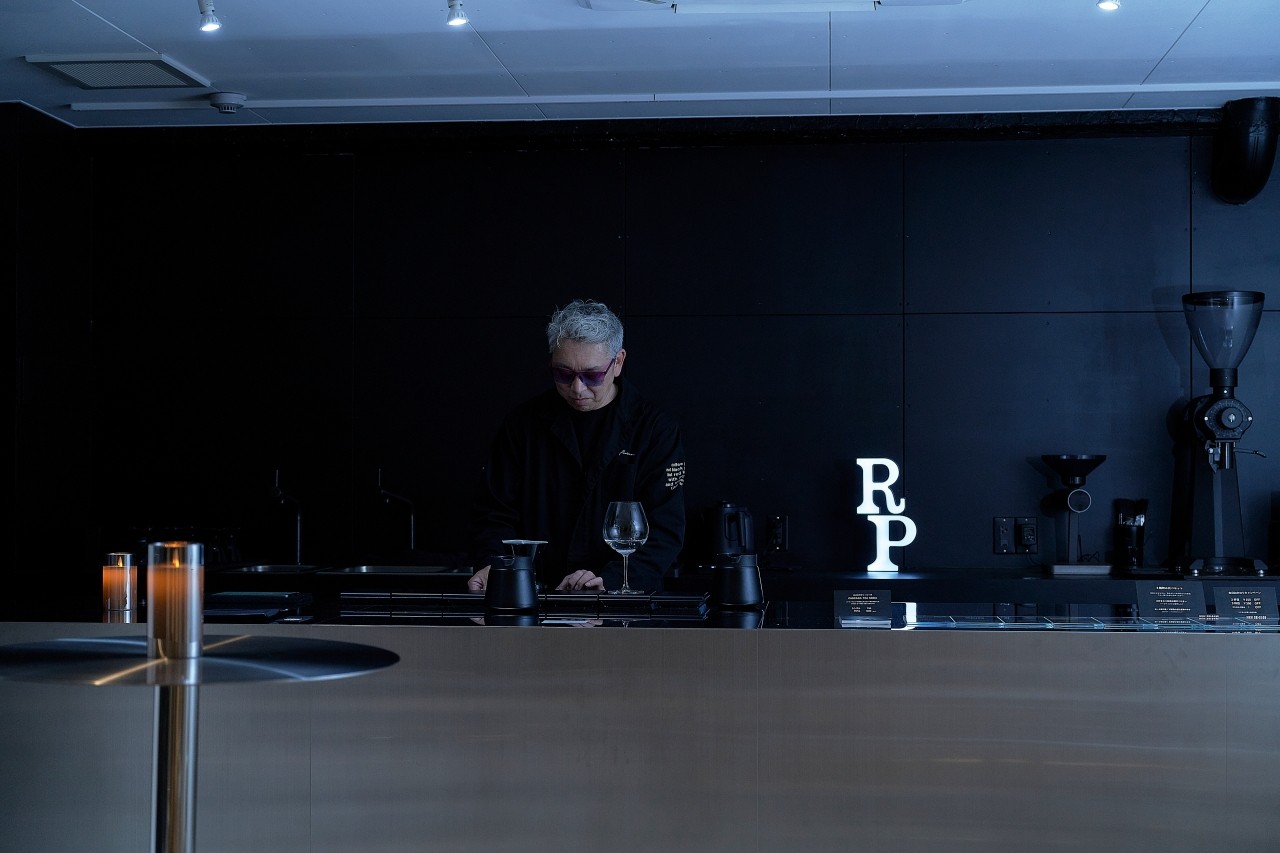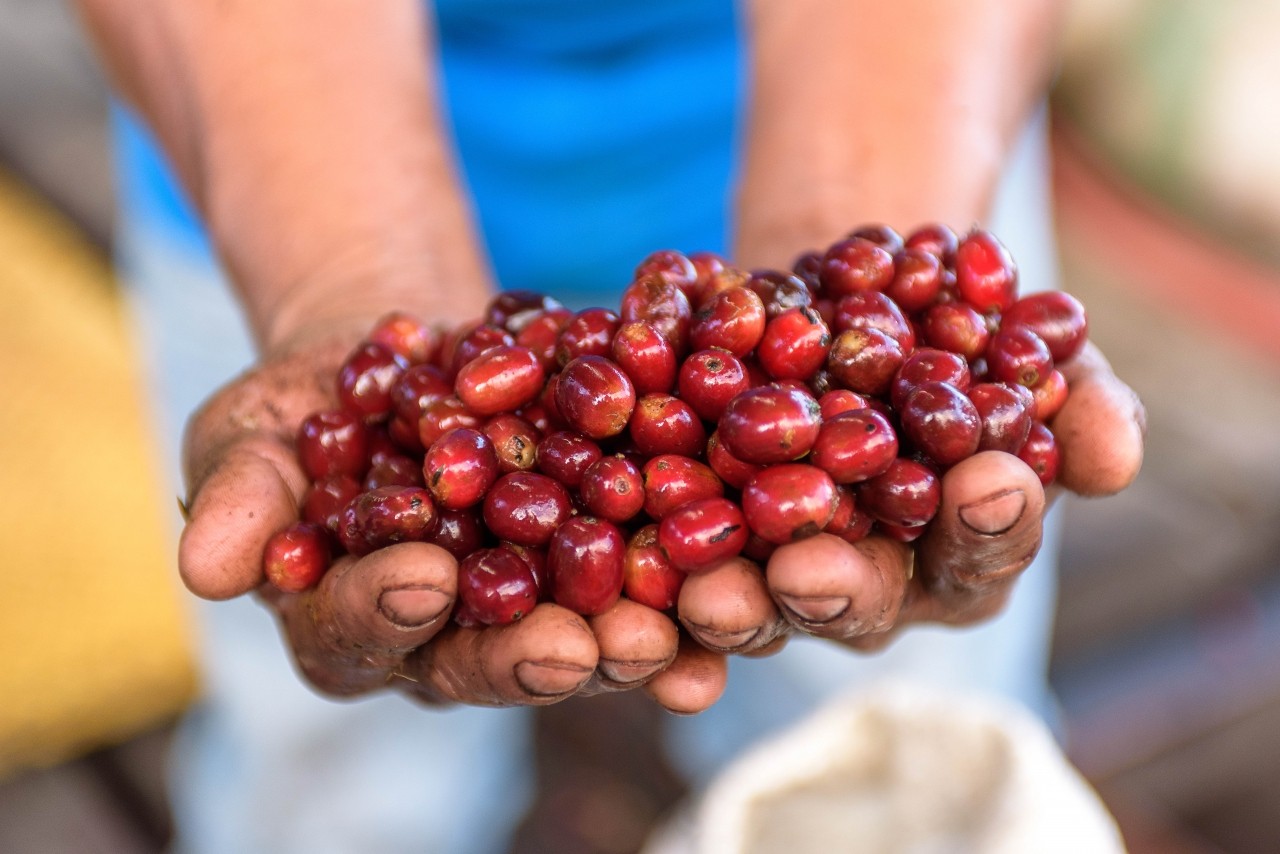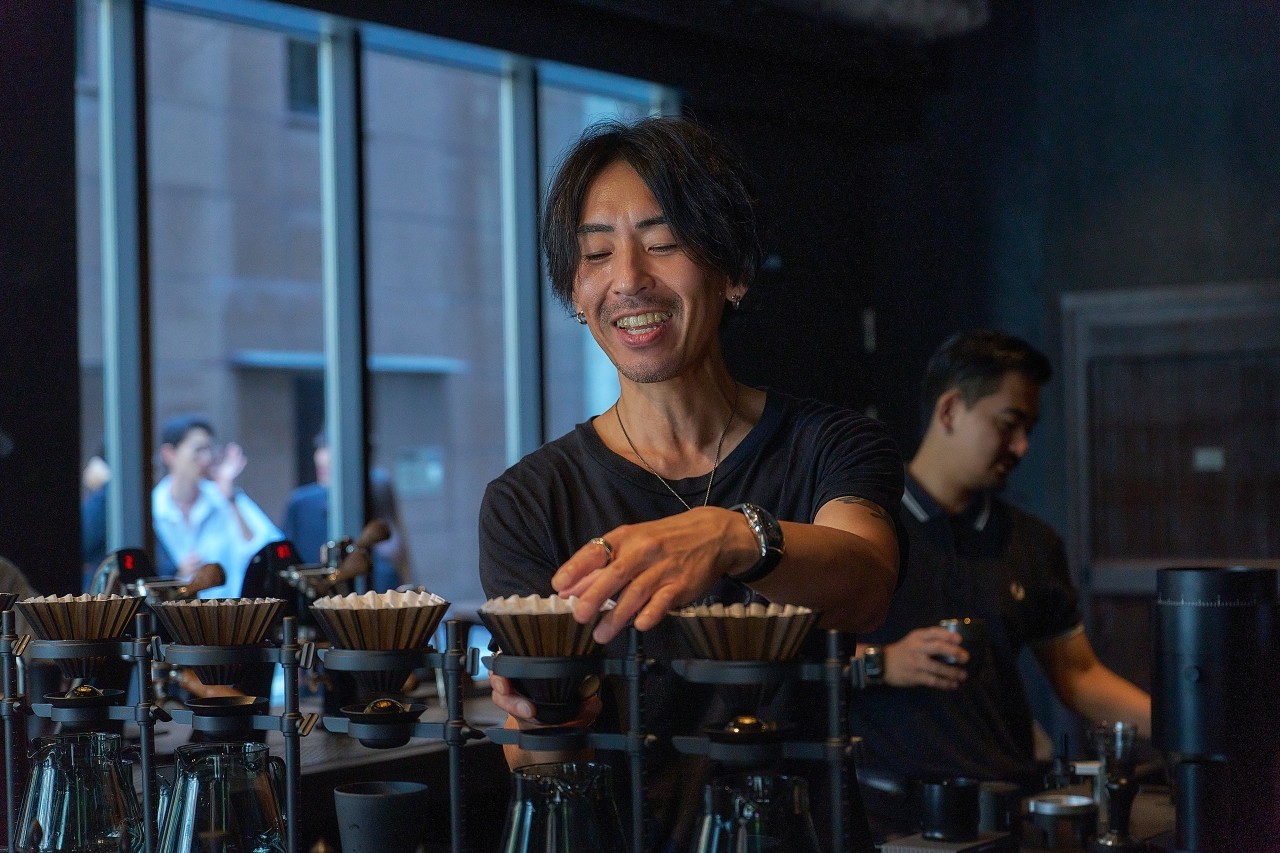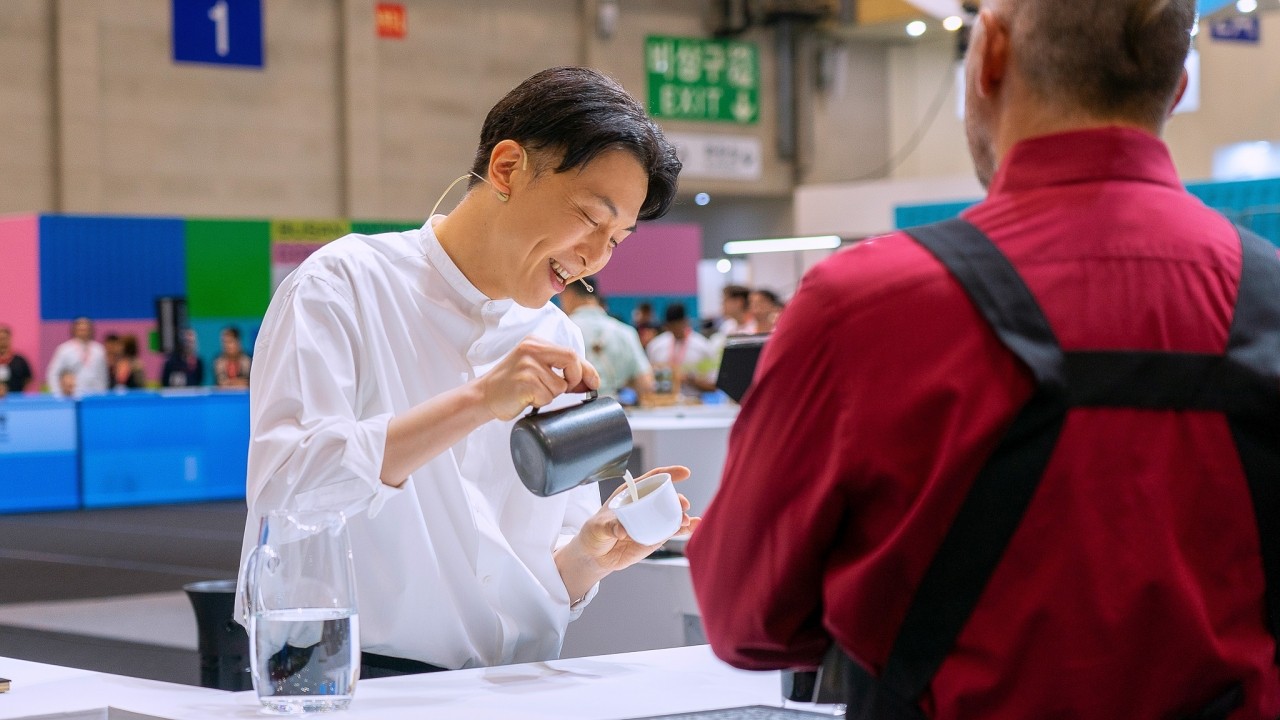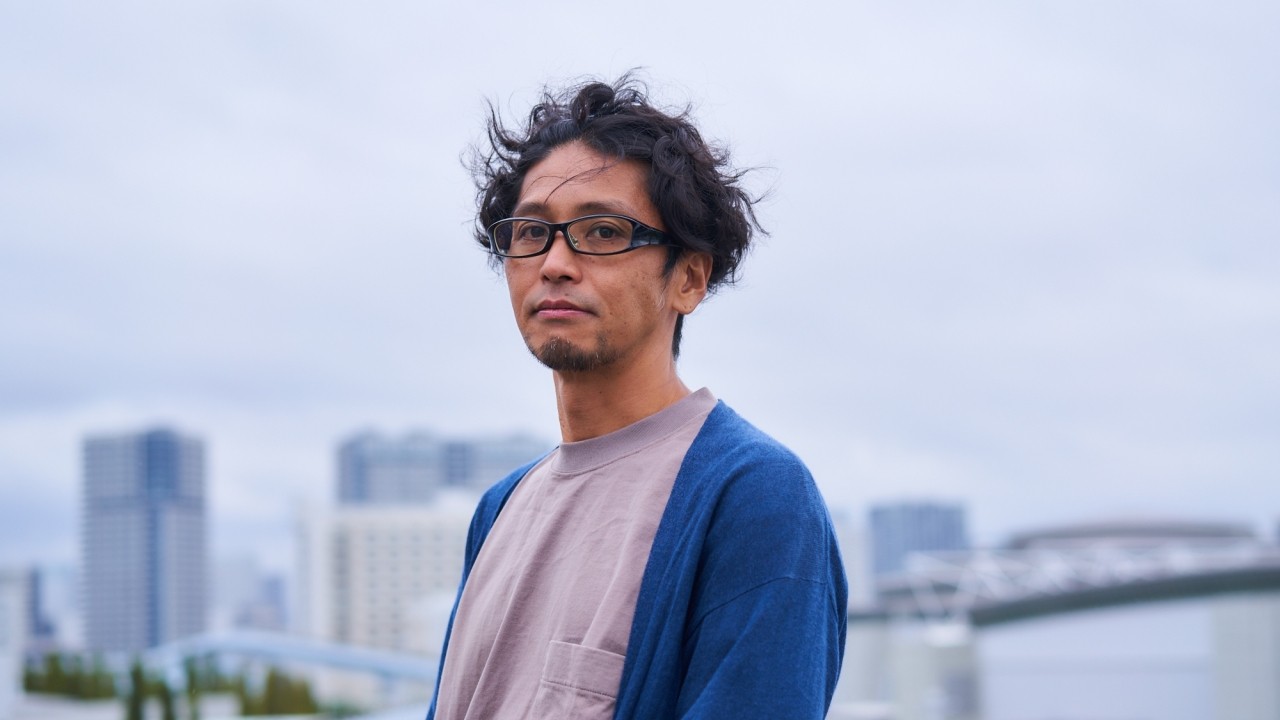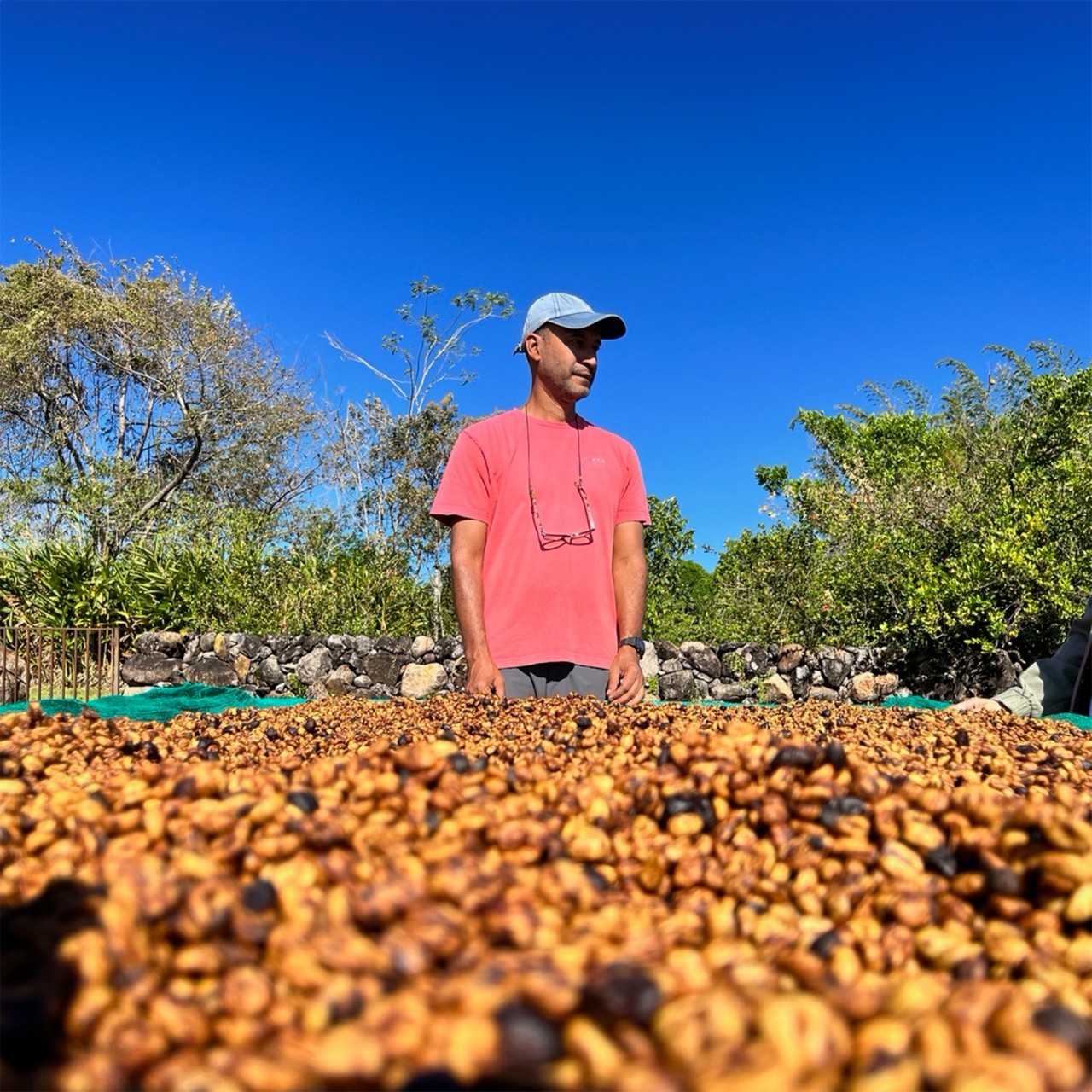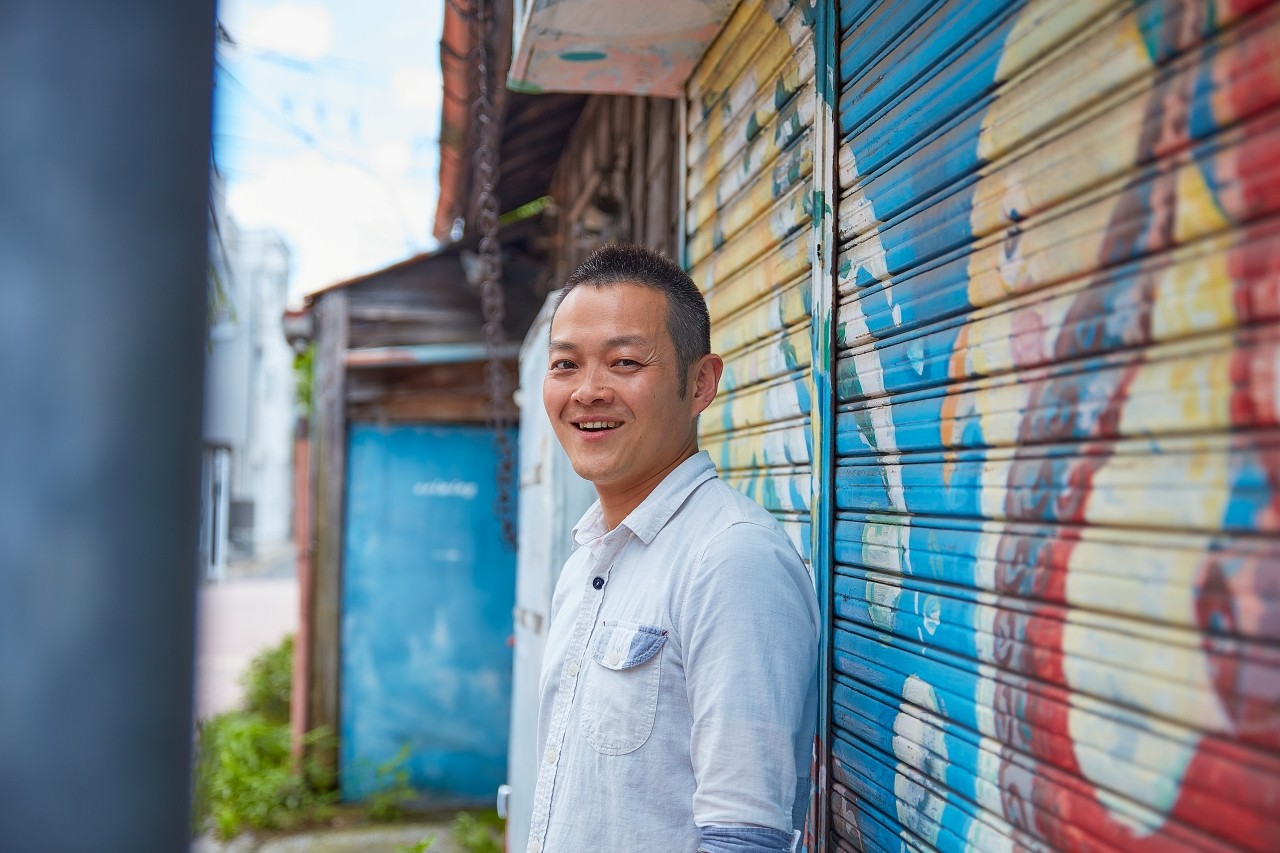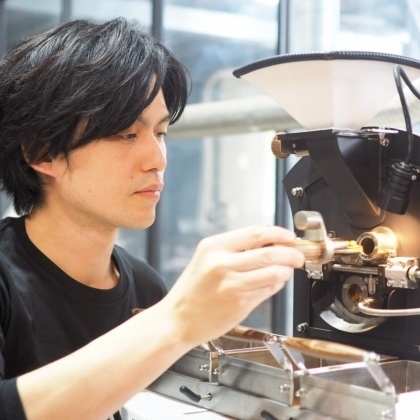Takeru Roaster Drink Comparison Review [GSA] El Salvador Geisha
This is a review project by "Takeru," a CROWD ROASTER user who has been using the service since its early days and has worked in the coffee industry for a long time.
This time, we will be reviewing the "El Salvador El Carmen Farm Geisha Anaerobic Natural (GSA)", roasted by two people, Yoshiyuki Nakamura of mamepolepole and YUYA IWASAKI of TAKAMURA COFFEE ROASTERS .
Tasting comparison of cinnamon roasted Geisha
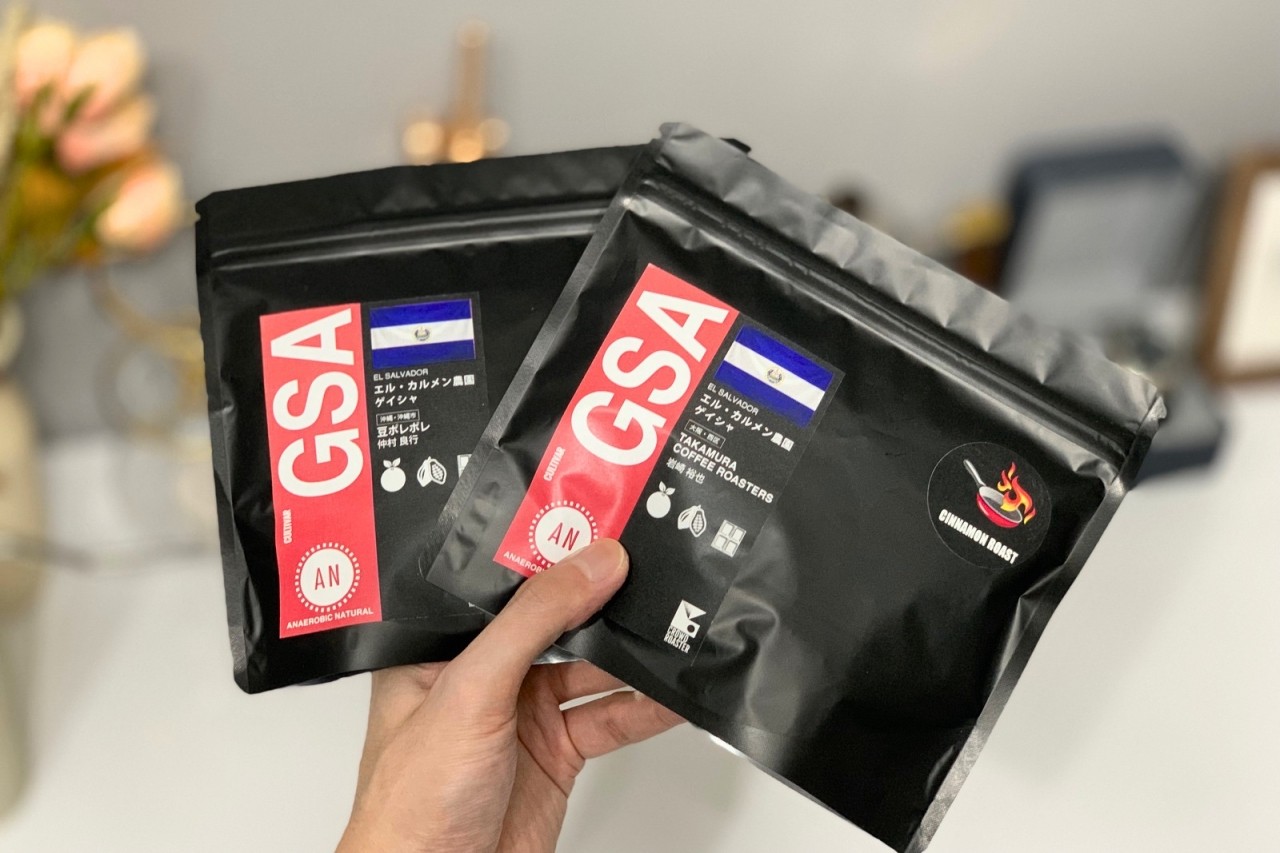
The raw beans used in this roaster tasting are "(GSA) El Salvador El Carmen Farm Geisha Anaerobic Natural."
This coffee is made from the rare Salvadoran Geisha variety and is produced using anaerobic fermentation, a process that is still rare in El Salvador.
The El Carmen farm is located in the Apaneca-Ilamatepec mountain range, a mountain range that spans three departments and is one of the most important coffee producing regions in El Salvador.
One such farm appears to be located near the municipality of Ataco in the Ahuachapan Department, in the westernmost part of El Salvador, near the border with Guatemala.
The area is located at an altitude of 1,250m to 1,400m, which is not high enough for growing Geisha , which is said to prefer higher humidity and lower temperatures than other varieties. However, the fruit ripens slowly and evenly because it is grown in the shade under shade trees, blocking direct Hikaru while protecting the forest and ecosystem.
I've been using CROWD ROASTER for almost two years, but this is the first time I've tried this brand.
First, let’s look at the bean paste.
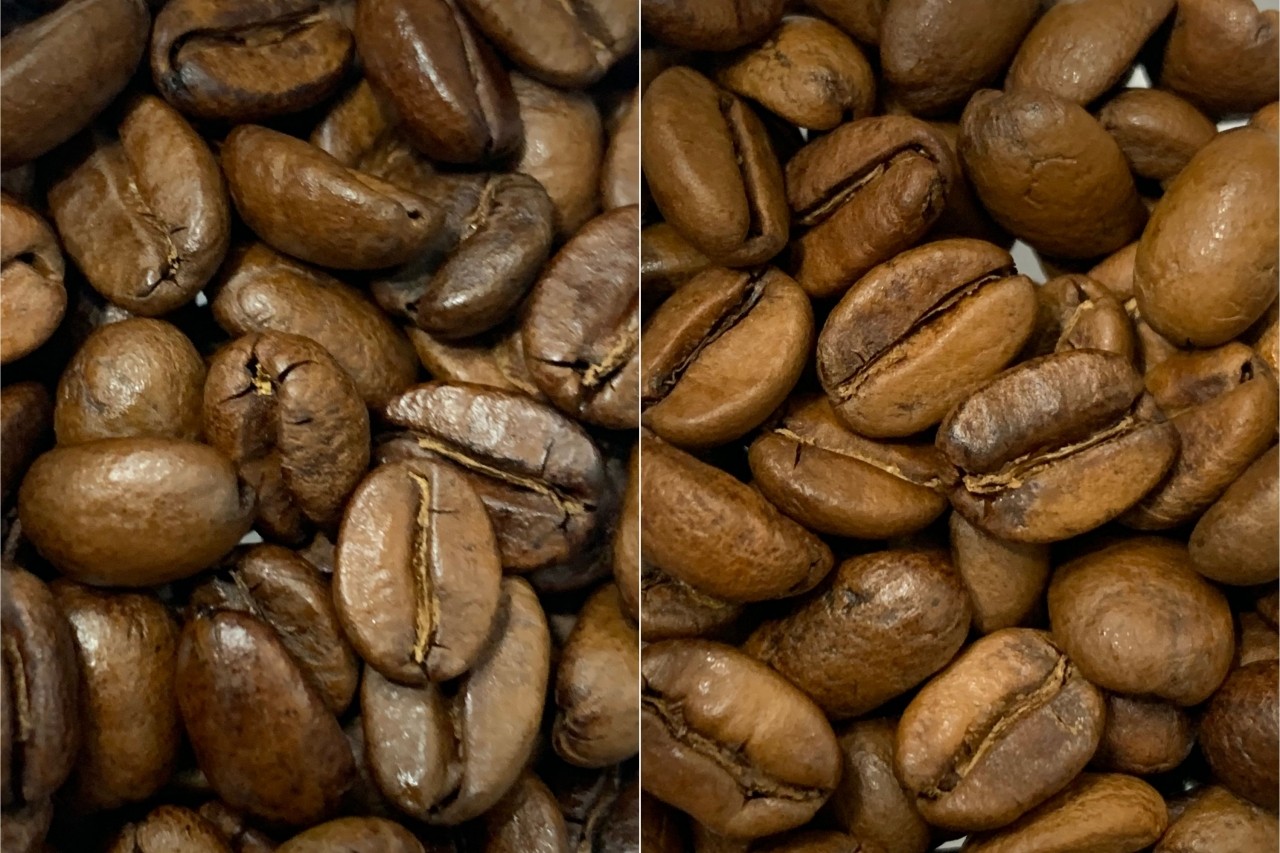
Roasted by Yoshiyuki Nakamura (left), Roasted by YUYA IWASAKI (right)
Both were roasted with cinnamon, but even with the same roasting level, there are still quite a few differences between roasters in terms of color, bean swelling, wrinkle removal, gloss, etc. I'm looking forward to drinking them and seeing how they affect the taste.
One thing I noticed is that this brand does not have many beans with the long, elongated shape that is typical of Geisha coffee. There are many beans that are round like Bourbon , but slightly puffy from the center cut.
My personal impression up until now has been that Geisha varieties (those sold as such) which are not very elongated in shape tend to have less of a floral scent, so I wonder if this is the same with the flavor this time (although since it is anaerobic natural to begin with, I think it is less flashy).
So now we want to extract it.
Both were roasted with cinnamon, but even with the same roasting level, there are still quite a few differences between roasters in terms of color, bean swelling, wrinkle removal, gloss, etc. I'm looking forward to drinking them and seeing how they affect the taste.
One thing I noticed is that this brand does not have many beans with the long, elongated shape that is typical of Geisha coffee. There are many beans that are round like Bourbon , but slightly puffy from the center cut.
My personal impression up until now has been that Geisha varieties (those sold as such) which are not very elongated in shape tend to have less of a floral scent, so I wonder if this is the same with the flavor this time (although since it is anaerobic natural to begin with, I think it is less flashy).
So now we want to extract it.
Extract immediately with paper drip
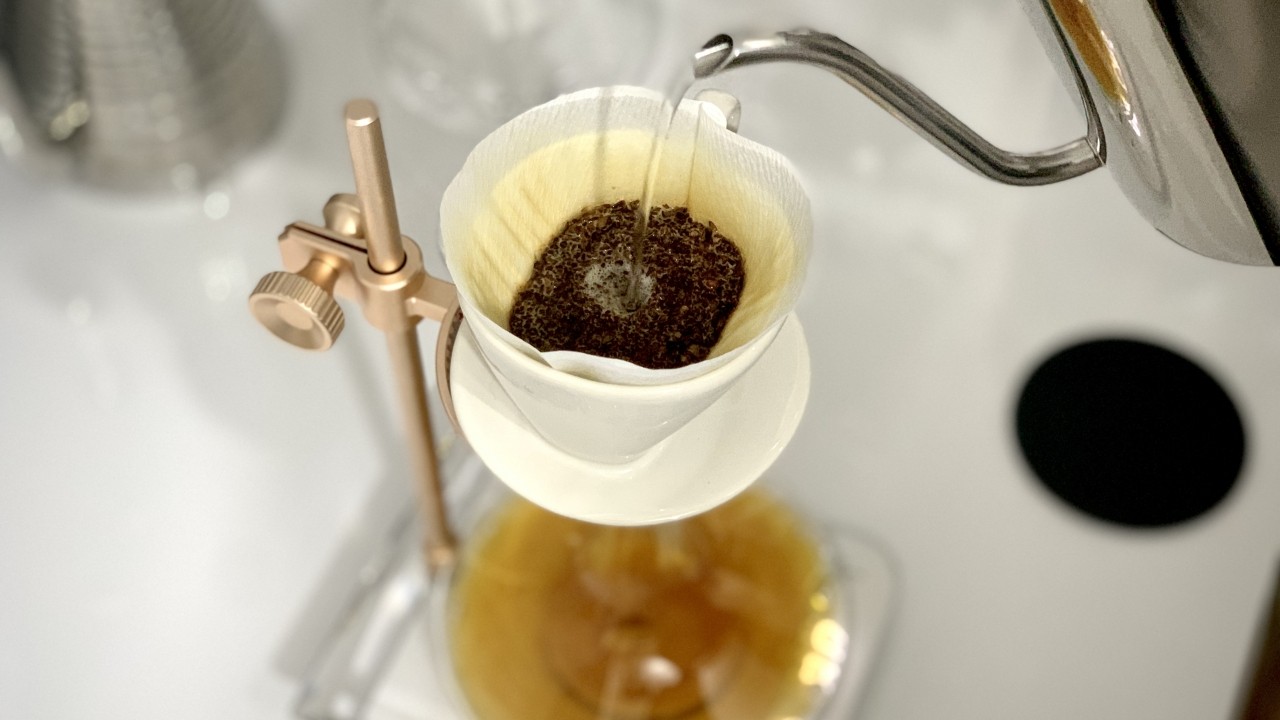
The brewing method is paper drip. Using a Melitta dripper, 14g of coarsely ground coffee beans is used to brew 140ml of coffee. The beans are lightly roasted, so the coffee is not heavy-bodied but has a clean, gentle mouthfeel and a pleasant aroma.
This time, we will be tasting in a wine glass so that we can enjoy the aroma.
Impressions of coffee roasted by YUYA IWASAKI
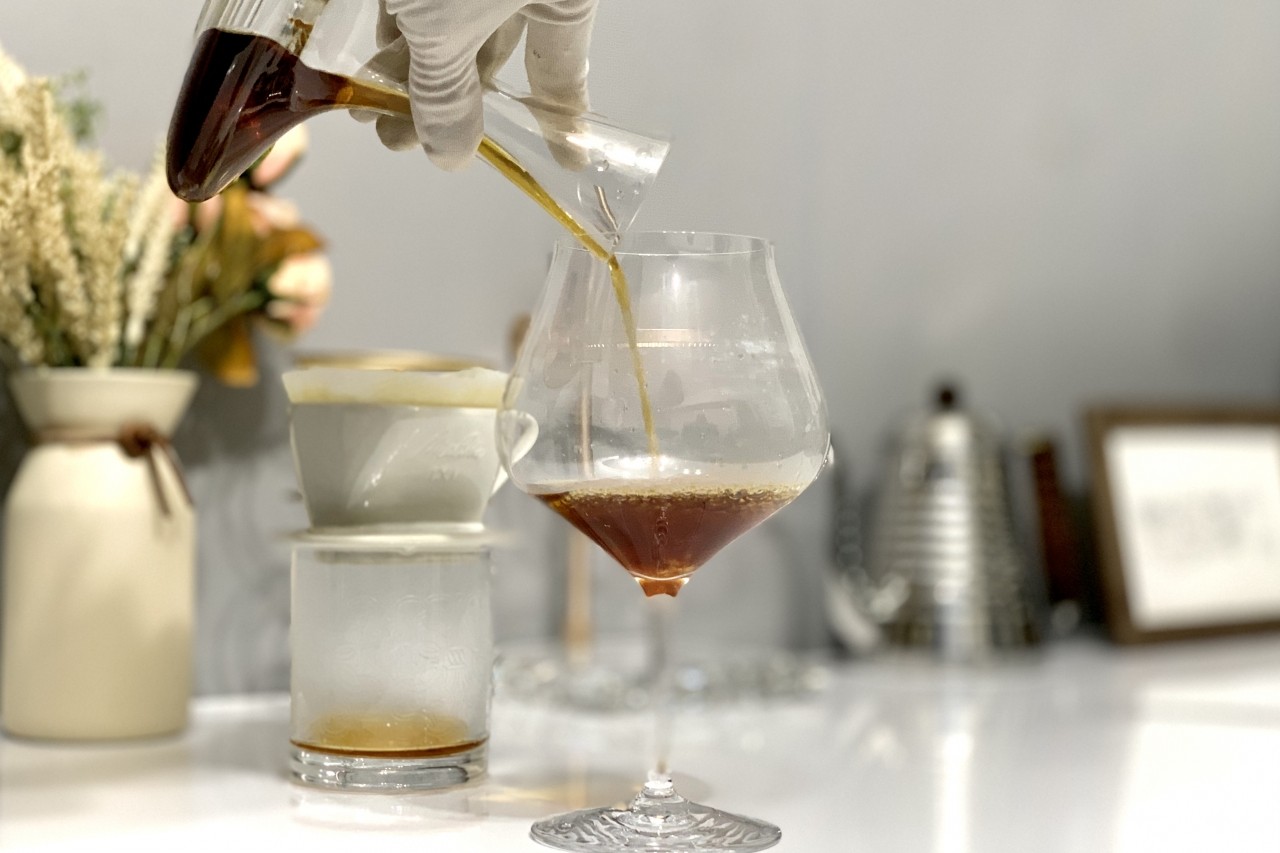
Very gentle and smooth attack.
You get a strong impression of distilled liquor, similar to rum, and the aroma lingers through your nose.
The flavor changes gradually in the mouth, giving off a sweet impression like honeycomb, as well as hints of plum and spices, such as nutmeg.
Some people may not like the word anaerobic, but this product does not have the strong fermented smell that is often put off by many.
(I think the impression will change depending on how you brew it.)
The fragrant, moderately alcoholic aroma spreads throughout your mouth and leaves your nose, allowing you to enjoy the lingering aroma for a long time.
To be honest, I quite like it.
As expected, the floral note typical of Geisha variety is not present.
However, the cleanliness and good balance of this coffee makes me think that if the same anaerobic natural cultivation had been done with other cultivars, the result would not have been as beautiful.
Anyway, it leaves a long aftertaste.
It doesn't leave a heavy, sticky feeling, but rather fades away gently and gradually, which is very pleasant.
It has a very clean taste, complex aroma, and a long-lasting aftertaste.
Again, I really like this.
Yoshiyuki Nakamura 's impression of roasting
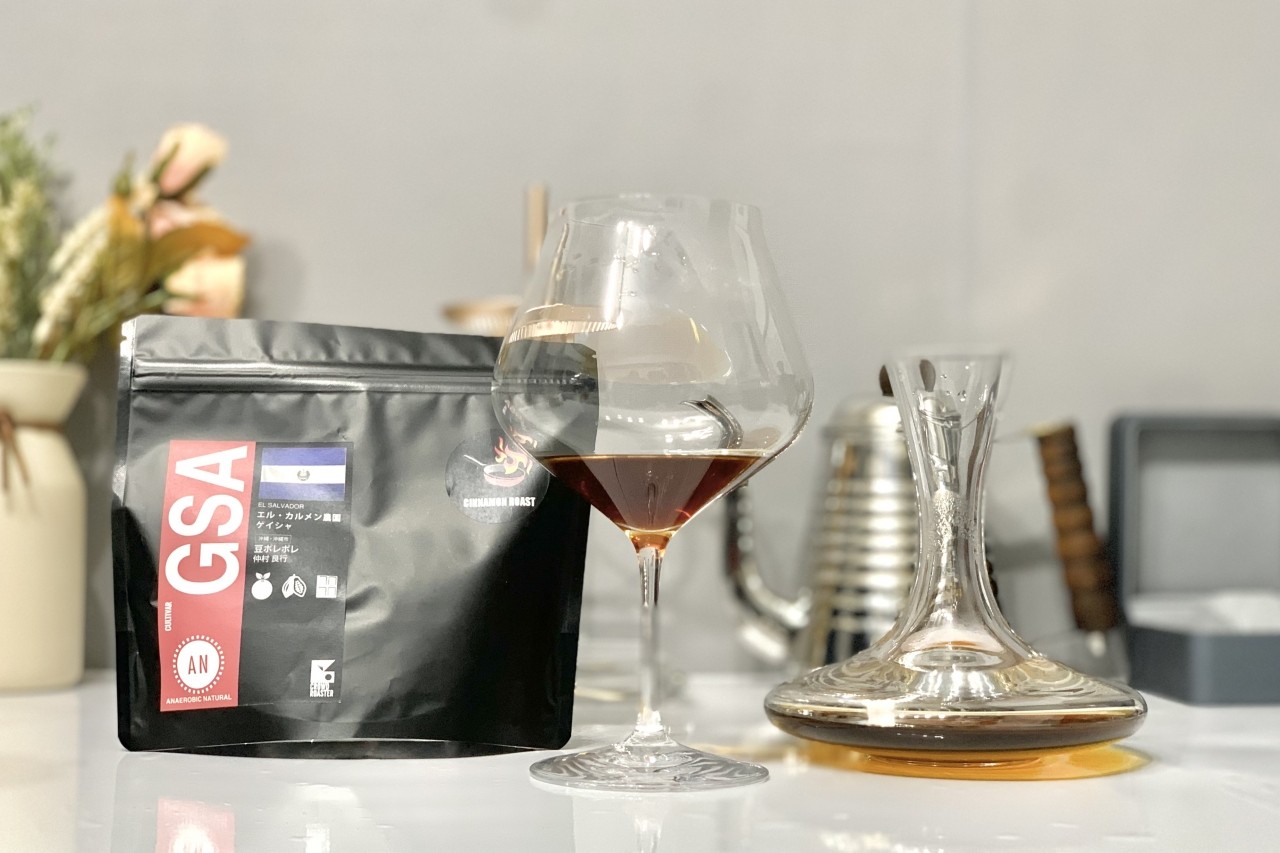
Next, we will enjoy GSA roasted by mamepolepole Nakamura .
Sweetness like an orangette, with a solid body...
My plan was off.
The aim of the extraction was to create a coffee with a clean, gentle taste that would allow the aroma to be enjoyed, so neither the extraction method nor the tasting method was suitable for these roasted beans.
I think there is a way to extract and taste this coffee that can make the most of the beans, so I would like to brew it again.
It won't be a pure tasting comparison, but the purpose is not to "evaluate under the same conditions," but to "enjoy to the fullest" the beans produced by each roaster, so I would like to brew them again immediately to make them even more delicious.
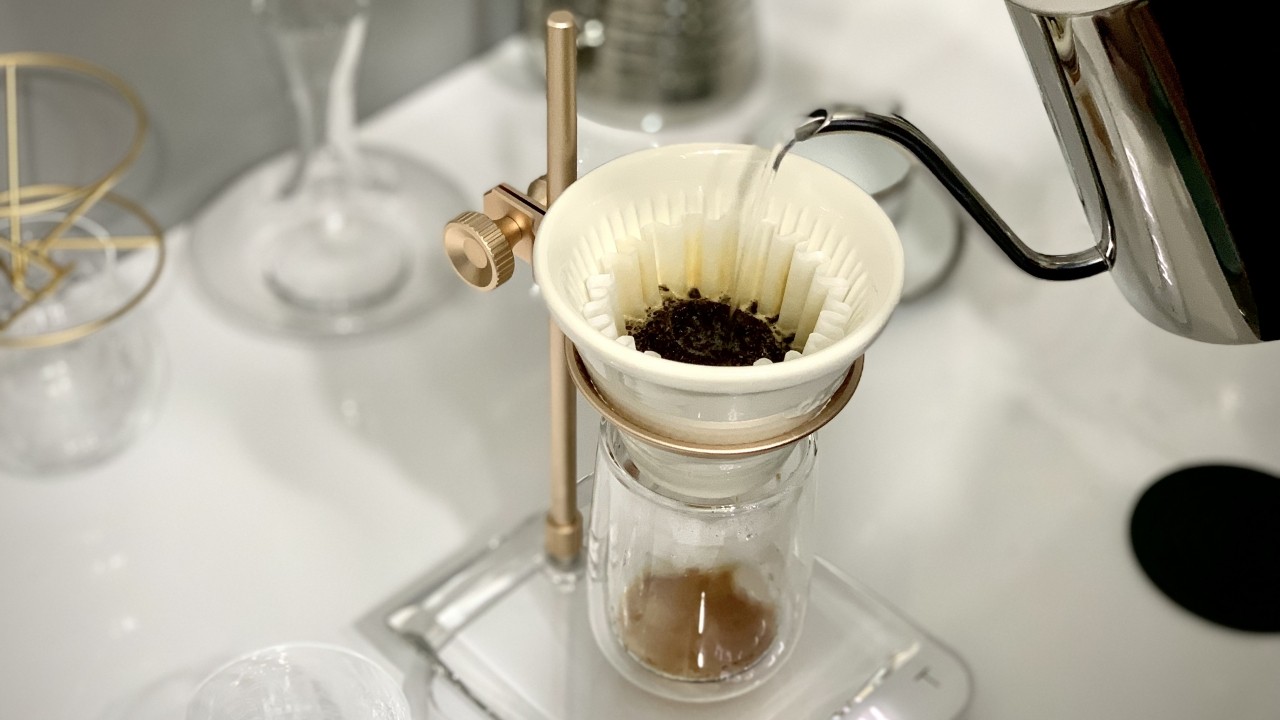
In order to bring out the best in the beans roasted by Nakamura , he uses a LiLi Driper Classic, focusing on a thick body, smooth mouthfeel, and strong sweetness, and extracts 150ml of coffee for every 18g of coarsely ground coffee beans.
The cup has a slightly thicker mouth so that you can enjoy a smooth mouthfeel when tasting.
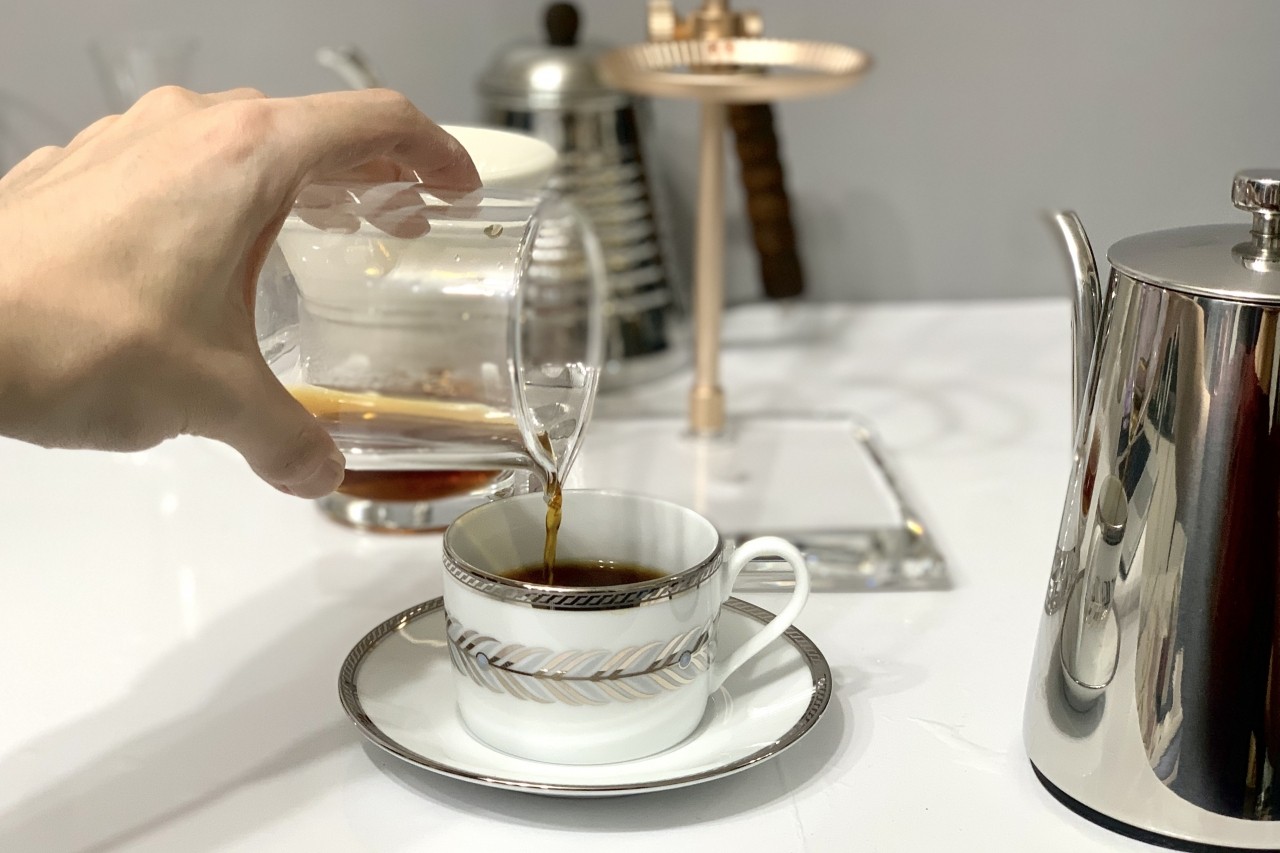
Yep, it was this one after all.
It has a thick, creamy and smooth mouthfeel and a fragrant aroma reminiscent of cocoa and red wine.
The gentle acidity of Kiyomi gives the coffee a refreshing taste.
This one also has a nice aftertaste.
Made with coarsely ground cocoa, it has a strong cocoa aroma and aftertaste, reminiscent of dark chocolate.
The coffee has a strong aroma that wafts through your nose and a mild tone, which relaxes both your body and mind.
The aftertaste is interesting, reminiscent of the crunchy texture of chocolate.
As it cools, the red wine flavor becomes more pronounced.
It also has an almond-like scent and a slight hint of bonito stock.
When cooled to room temperature, it tastes a bit like Shaoxing wine.
The thick, honey-like sweetness lingers for a long time, making it very pleasant.
Perhaps it's typical of anaerobics; the fermentation impression was like rum in the coffee roasted by IWASAKI mentioned earlier, but this one tasted more like red wine, and both give the impression of alcohol.
I don't really like the strong smell of fermentation, but I was able to enjoy both roasts this time.
This is also a recommended brand for those who don't like strong fermented smells but like coffee with an alcoholic smell.
Again, I couldn't detect the floral notes typical of Geisha variety.
This brand, "GSA," probably has that kind of flavor.
However, regardless of whether they were Geisha varieties, I was able to enjoy both cups of coffee, both of which were simply outstandingly delicious.
After the tasting
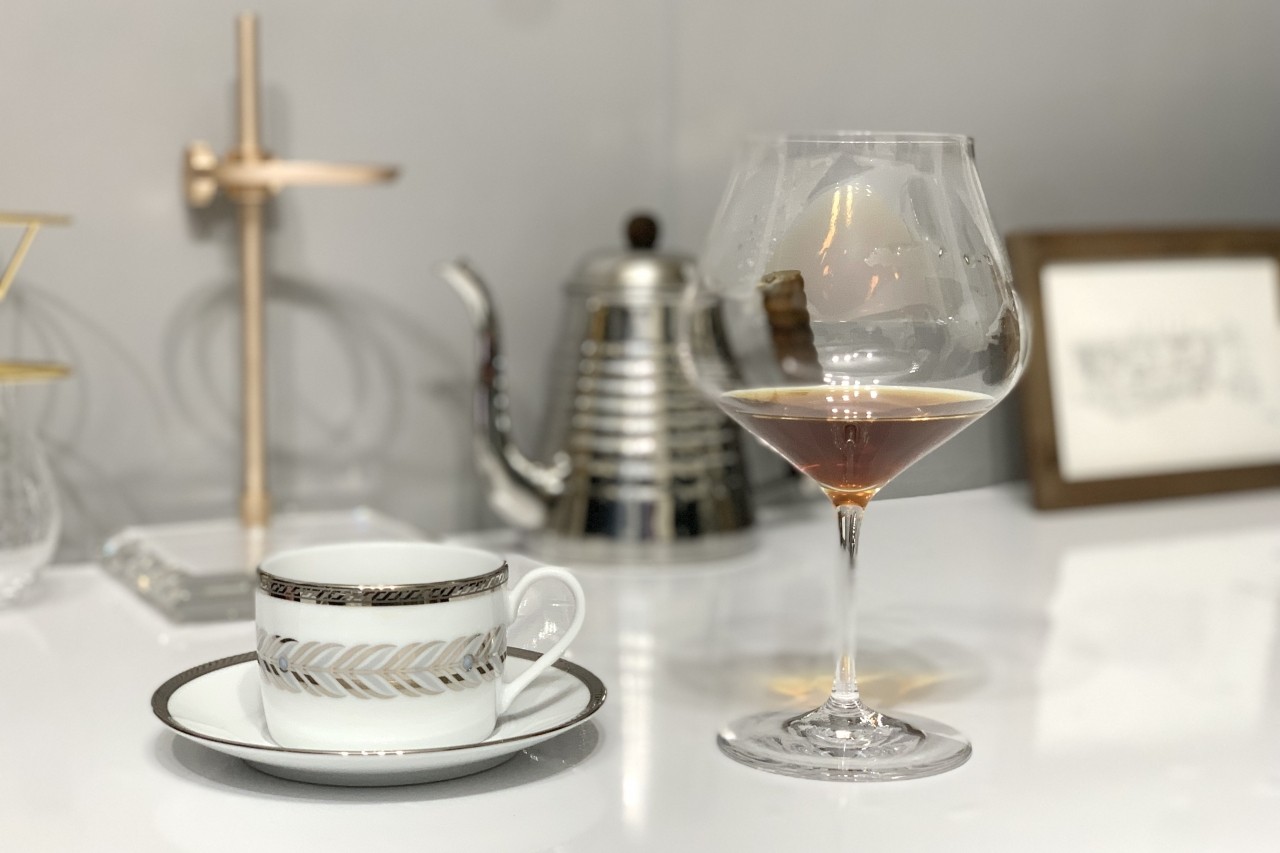
Even though the coffee was roasted to the same degree, cinnamon roast, the flavors were quite different.
The coffee roasted by IWASAKI is light and bright in tone, yet has a complex aroma centered around the aroma of distilled spirits.
Nakamura 's roast produces coffee with a gentle tone, a thick and smooth mouthfeel, and a complex, changing flavor centered around aromas of cocoa and red wine.
What they have in common is that they have an alcohol-like aroma, complex flavor, and a long aftertaste.
I think being able to enjoy these kinds of differences is one of CROWD ROASTER 's unique features.
The raw beans from the same farm and the same lot are transported and stored in the same way, and then each roaster finishes them to achieve the flavor they each want to express.
This means you can learn more about the potential of those superior quality green beans.
This is a very niche and profound service that allows you to experience a world that is rarely known to anyone other than those who roast coffee themselves.
These coffees are from roasting events that were launched at different times, so the aging periods are also different.
The impression will likely change as it ages, and of course the flavor will also change depending on how it is brewed.
This is a very niche and profound service that allows you to experience a world that is rarely known to anyone other than those who roast coffee themselves.
These coffees are from roasting events that were launched at different times, so the aging periods are also different.
The impression will likely change as it ages, and of course the flavor will also change depending on how it is brewed.
This review does not guarantee that you will be able to enjoy the flavor described above, but I hope it will be of some help to you in your coffee life.
That's all for this time.
I hope you have good coffee in your life.
Takeru
We received a comment from the roaster in response to this review.
YUYA IWASAKI
I've received such wonderful comments that I feel like I have nothing left to say (laughs).
If I were to explain what I pay attention to when roasting, I would say it's about being "my own style."
The production cupping of the roasted coffee is repeated every week, and the staff who drink with us say that it is " IWASAKI 's roasting."
Occasionally, he will turn his shoulders around and ask the first barista in the morning to "adjust one type of espresso," and the adjusted espresso also tastes like " IWASAKI ."
The first coffee roasted at CROWD ROASTER roasting event was described by the staff during cupping after roasting as having an " IWASAKI -like taste."
Apparently there is a "personal flavor (of roasting)," and in fact that is one of my goals.
In a past interview, I talked about roasting as follows:
"I want to roast coffee that conveys the flavor and atmosphere of Takamura. While cherishing the original flavor of the ingredients, I want to roast coffee that, when you drink it, immediately brings to mind the face of the person who roasted it and the time you spent at Takamura, so that you can tell it's Takamura coffee."
The following comment I received about Geisha Anaerobic Natural from El Carmen Farm in El Salvador (GSA) that I roasted this time may be a perfect reflection of the characteristics of my roasting.
"The aftertaste is very long. It doesn't remain heavy or sticky, but rather fades away gently, little by little, which is very pleasant. It has a very clean taste and a complex aroma, and the aftertaste is long."
I'm happy.
I'm happy to do whatever it takes to make something taste better.
"If cutting corners makes it taste better, then I'll cut corners lol"
Also, it's great to be able to enjoy it freely, like in this tasting comparison.
I also enjoyed the article!
If I were to explain what I pay attention to when roasting, I would say it's about being "my own style."
The production cupping of the roasted coffee is repeated every week, and the staff who drink with us say that it is " IWASAKI 's roasting."
Occasionally, he will turn his shoulders around and ask the first barista in the morning to "adjust one type of espresso," and the adjusted espresso also tastes like " IWASAKI ."
The first coffee roasted at CROWD ROASTER roasting event was described by the staff during cupping after roasting as having an " IWASAKI -like taste."
Apparently there is a "personal flavor (of roasting)," and in fact that is one of my goals.
In a past interview, I talked about roasting as follows:
"I want to roast coffee that conveys the flavor and atmosphere of Takamura. While cherishing the original flavor of the ingredients, I want to roast coffee that, when you drink it, immediately brings to mind the face of the person who roasted it and the time you spent at Takamura, so that you can tell it's Takamura coffee."
The following comment I received about Geisha Anaerobic Natural from El Carmen Farm in El Salvador (GSA) that I roasted this time may be a perfect reflection of the characteristics of my roasting.
"The aftertaste is very long. It doesn't remain heavy or sticky, but rather fades away gently, little by little, which is very pleasant. It has a very clean taste and a complex aroma, and the aftertaste is long."
I'm happy.
I'm happy to do whatever it takes to make something taste better.
"If cutting corners makes it taste better, then I'll cut corners lol"
Also, it's great to be able to enjoy it freely, like in this tasting comparison.
I also enjoyed the article!
If you want to enjoy coffee more deeply
" CROWD ROASTER APP"
Manabu at CROWD ROASTER LOUNGE
・Push notifications for article updates・Full of original articles exclusive to CROWD ROASTER
・Direct links to detailed information about green beans and roasters
App-only features
- Choose green beans and roasters to create and participate in roasting events・CROWD ROASTER SHOP: Everything from beans to equipment is readily available
・GPS-linked coffee map function

